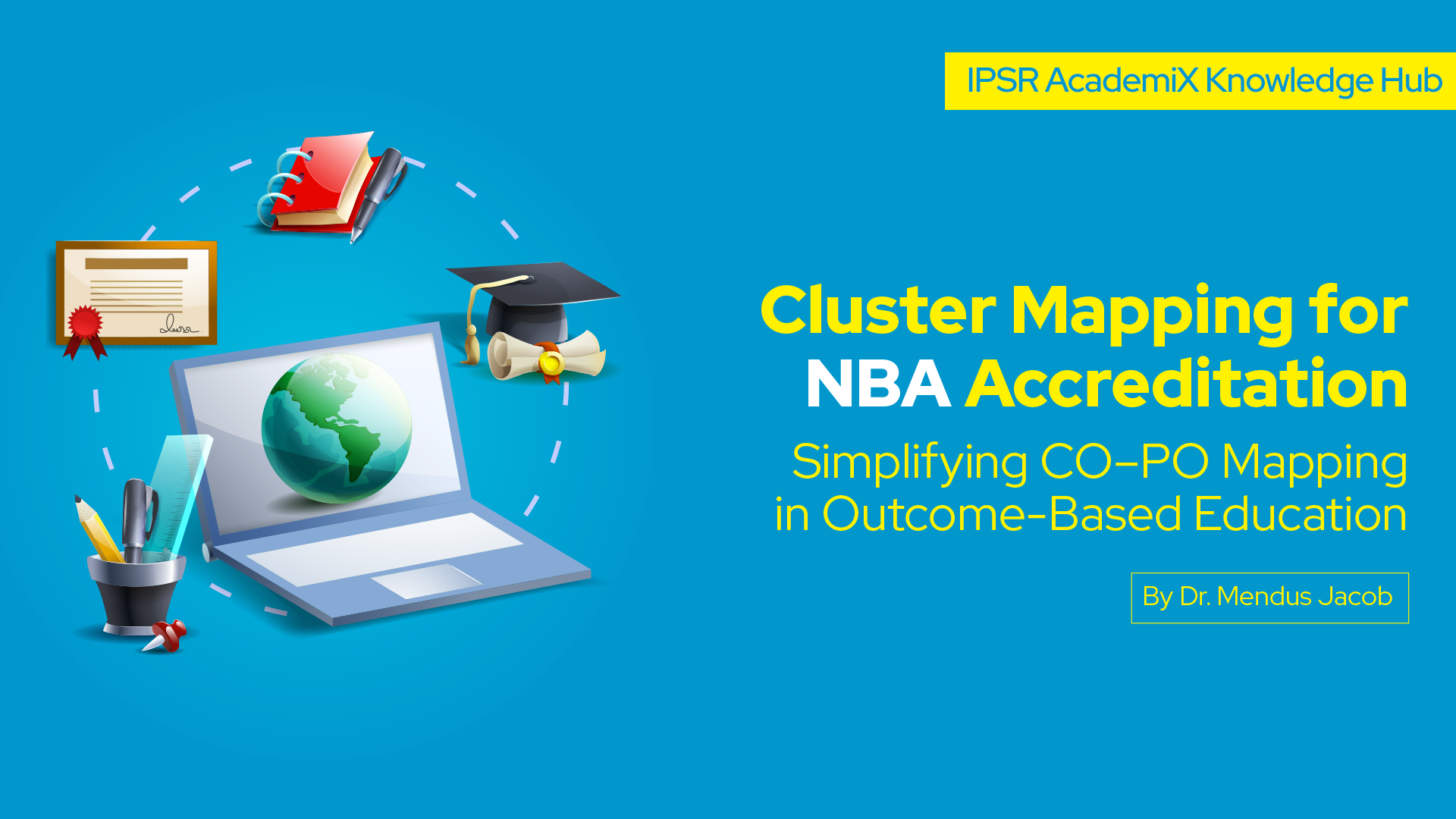
In education, we often ask: What should students learn? But a better question might be: What should students be able to do when they leave? This is the essence of Exit Outcomes in Outcome-Based Education (OBE).
Exit Outcomes define the long-term capabilities students should possess at the end of a program—skills and attributes that prepare them for careers, higher studies, and life itself.
This article is part of our Impact Series—a collection of practical insights and tools designed to support curriculum innovation and academic excellence in Higher Education Institutions (HEIs).
As a value-add, we’re sharing a downloadable Exit Outcome Matrix to help your institution map graduate attributes, align assessments, and drive meaningful educational outcomes.
Exit Outcomes are the culminating capabilities—knowledge, skills, values, and attitudes—that students should consistently demonstrate at the point of graduation.
Think of education as a journey:
They represent the holistic transformation that the institution envisions for its graduates—not just academic proficiency, but readiness for the world beyond.
Exit Outcomes act as a bridge between classroom learning and real-life performance. They ensure that:
In short, Exit Outcomes are not just academic goals—they are a quality promise to employers, parents, and the world.
While both Exit Outcomes and Program Outcomes are critical, they serve different purposes in the OBE framework.
| Program Outcomes (POs) | Exit Outcomes | |
|---|---|---|
| Definition | Broad competencies defined by national accreditation bodies (like NBA) | Institution-defined, context-specific goals that reflect the total graduate profile |
| Scope | Academic and professional abilities expected of all graduates in a discipline | Holistic capabilities including soft skills, ethics, adaptability, leadership, and employability |
| Role | Serve as mid-level educational benchmarks | Represent the final achievement students must demonstrate at graduation |
| Focus | What students should know and be able to do by graduation | What students can actually demonstrate and achieve upon exiting |
| Assessment | Evaluated through course performance, rubrics, and exams | Validated through capstone projects, internships, exit surveys, and employer feedback |
In simpler terms, Exit Outcomes are the evidence or manifestation of the successful attainment of POs. POs are the goals, Exit Outcomes are the proof of their achievement.
| Program Outcomes (POs) | Exit Outcomes |
|---|---|
| Ability to apply engineering knowledge and solve problems | Ability to design sustainable, industry-ready solutions |
| Proficiency in using modern engineering tools | Mastery in applying digital tools for product lifecycle development |
| Awareness of ethics and sustainability | Commitment to green innovation and ethical technology deployment |
| Program Outcomes (POs) | Exit Outcomes |
|---|---|
| Apply knowledge of anatomy, pharmacology, and diagnostics | Competent clinical decision-maker focused on patient safety and care quality |
| Understand professional responsibilities and communication | Empathetic communicator in multidisciplinary and multicultural healthcare teams |
| Program Outcomes (POs) | Exit Outcomes |
|---|---|
| Analyze texts and cultural contexts | Apply critical theories to real-world social or cultural challenges |
| Communicate in oral and written forms | Craft persuasive arguments across academic, media, and public platforms |
| Program Outcomes (POs) | Exit Outcomes |
|---|---|
| Understand business principles and organizational behavior | Apply strategic thinking in real business scenarios and social entrepreneurship |
| Demonstrate leadership and decision-making skills | Lead with empathy, agility, and ethics in global business environments |
Designing effective Exit Outcomes in OBE requires careful planning. Here’s a practical approach:
Include input from:
Exit Outcomes should reflect your institution’s vision and complete the arc from CO → PO → PEO → Exit.
Focus on observable verbs:
Ensure that Exit Outcomes combine:
For Tier-1 Accreditation, the NBA expects institutions to:
Beyond assessment and accreditation, Exit Outcomes offer a powerful opportunity for institutions to define and showcase their unique character. While Program Outcomes are largely standardized across disciplines, Exit Outcomes are where an institution can embed its values, vision, and educational philosophy. Whether it’s a commitment to sustainability, entrepreneurial thinking, ethical leadership, or community engagement—Exit Outcomes become your academic fingerprint. They help shape a distinctive graduate profile that employers, academic partners, and society can associate with your brand. In a crowded education landscape, Exit Outcomes are not just a measure of what students learn—they’re a statement of who you are as an institution.
Exit Outcomes represent the legacy your institution leaves behind in its graduates and in society.
They remind us that education is not just about filling minds but shaping lives.
Whether you’re teaching future engineers, managers, healthcare workers, or thinkers, your real success lies in who they become when they walk out the door.
Join us for FREE to get instant email updates!

Simplifying CO–PO Mapping in Outcome-Based Education Accreditation by the National […]

The National Institutional Ranking Framework (NIRF) 2025 results are out, […]

What the Top 100 Rankings Reveal About India’s Universities The […]

Exploring patterns, trends, and the evolving landscape of technical education […]

Release date: September 4, 2025 Source: NIRF portal’s Overall Top-100 […]

“Mastering OBE: OBE Strategies and Implementation of deQ OBE for […]

The National Institutional Ranking Framework (NIRF) 2025 has unveiled its […]

The University Grants Commission (UGC) has released draft Learning Outcomes-based […]
Leave A Comment